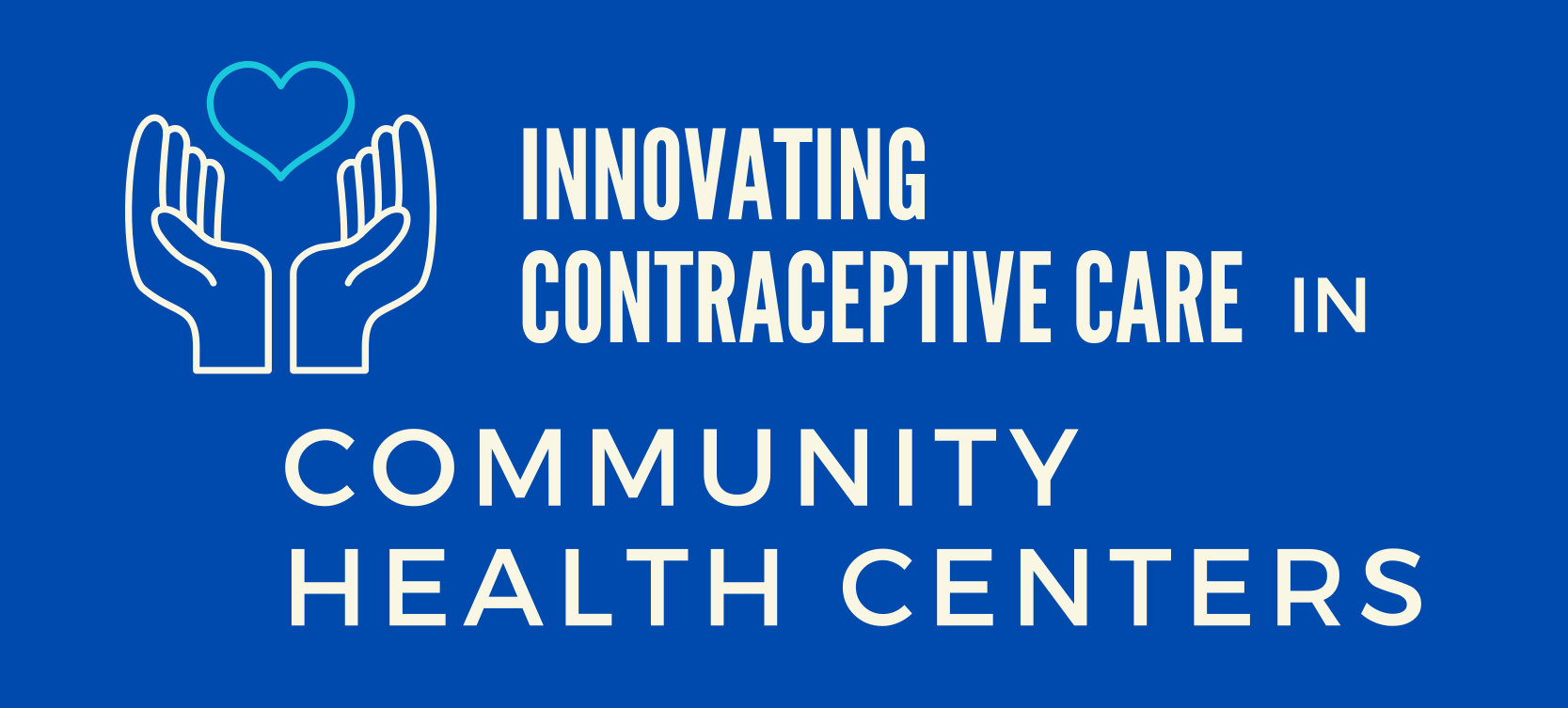Once the CHC determines who will serve on the QI team, team members should set aims for what they plan to achieve. Settings explicit aims can keep QI teams focused, creates an urgency to accomplish the project’s goal, and provides a vision of what success looks like. Though the UCSF Person-Centered Reproductive Health Program already has identified some of the project’s aims, such as the aspects of care that will be improve (i.e., quality of contraceptive care) and for what patient populations and the core measures for improvement (i.e., reproductive-aged individuals), as well as timeframes, CHCs’ QI teams will want to tailor these aims. As part of this process, they may wish to identify the following:
-
What is the motivation for the improvement?
-
Which system(s) or process(es) will be changed and tested?
-
How will improvements be sustained beyond the duration of the Project?
Once the above information has been discussed and all team members reach a consensus, it can be integrated into an aim statement. This statement may look something like the following:
In order to <Motivation>, we, <CHC>, will improve the quality of contraceptive care provided to all patients of reproductive age, both overall and among historically and currently marginalized populations, over the course of the Project’s Learning Community by <Changes to test in priority category areas>. <CHC> will sustain changes that lead to improvement by <Sustainability Strategies>.

